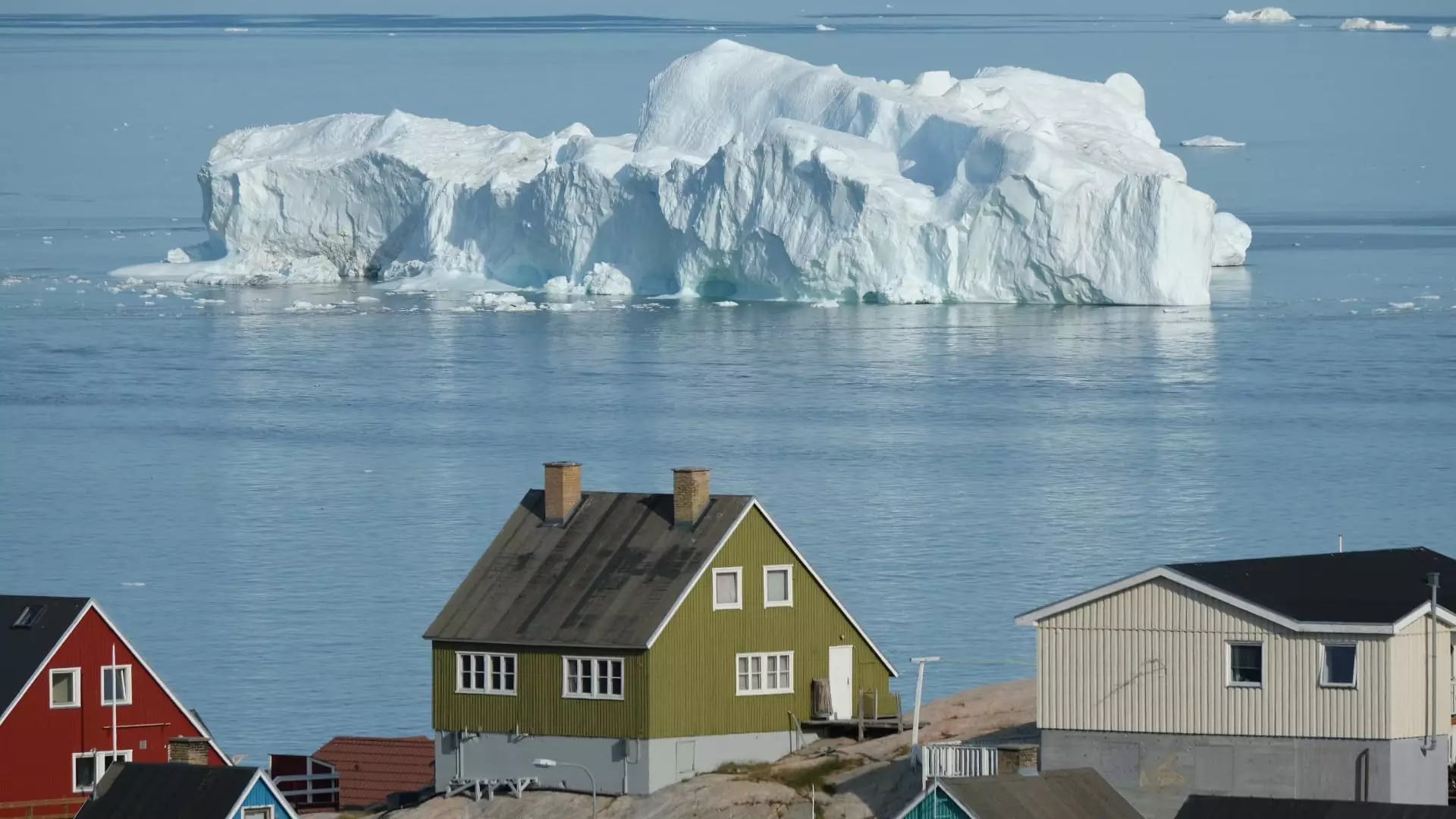The strategic interest in Greenland has surged recently, especially highlighted by former President Donald Trump’s announcement of intent to purchase this autonomous territory of Denmark. While such aspirations involve diplomatic maneuvering, they also allude to underlying military and economic motivations. The U.S. is not merely interested in Greenland for its natural resources or icebergs; rather, its geographical position positions it as a critical asset for national security, especially given recent shifts in Arctic dynamics.
Greenland is not situated in isolation; it is a focal point amid rising geopolitical tensions involving powerful nations. China’s interests in the Arctic have become apparent, as shown in 2018 when a state-owned company attempted to secure a $550 million deal to modernize two airports in Greenland, which was ultimately abandoned. This scenario underscores the emerging rivalry, where nations are drawn into a contest for influence over this strategically vital and resource-rich area. Meanwhile, Russia has made significant moves to re-establish a military presence in the Arctic, reopening several old Soviet bases like Nagurskoye, which is mere miles from Greenland’s borders.
Experts like Klaus Dodds, a geopolitics scholar, emphasize that Greenland serves as a “ground zero” for understanding the heightened strategic importance of the Arctic. The region has transformed into a chessboard for geopolitical power plays, particularly as China and Russia develop their footholds. For the U.S., Greenland is essential for its ballistic missile warning systems, particularly with China’s expanding intercontinental ballistic missile (ICBM) capabilities, as outlined by Brent Sadler, a senior researcher at the Heritage Foundation. The geographical proximity of Greenland to potential threats makes it a key piece in the defense puzzle for the United States.
Aside from military interests, Greenland’s location offers lucrative economic possibilities, particularly in light of changing climatic conditions that are making Arctic shipping routes more accessible than ever. The Arctic Council reported a 37% increase in shipping activity in these routes from 2013 to 2023. The warming climate has facilitated talk of projects such as China’s vision for a “Polar Silk Road,” effectively linking Europe and China through Arctic channels. This presents not only economic opportunities in shipping but also a potential for resource extraction that other nations are keen to exploit.
As global warming continues to alter the Arctic landscape, the competition for power, territory, and resources in Greenland will intensify. Nations will be compelled to adapt their strategies, balancing between collaboration and confrontation. This scenario raises critical questions about the future governance of Greenland, its indigenous populace, and whether it will remain an asset for Denmark, or become a battleground for major powers vying for Arctic supremacy. The geopolitics surrounding Greenland will undoubtedly shape the future course of international relations in the Arctic region.

